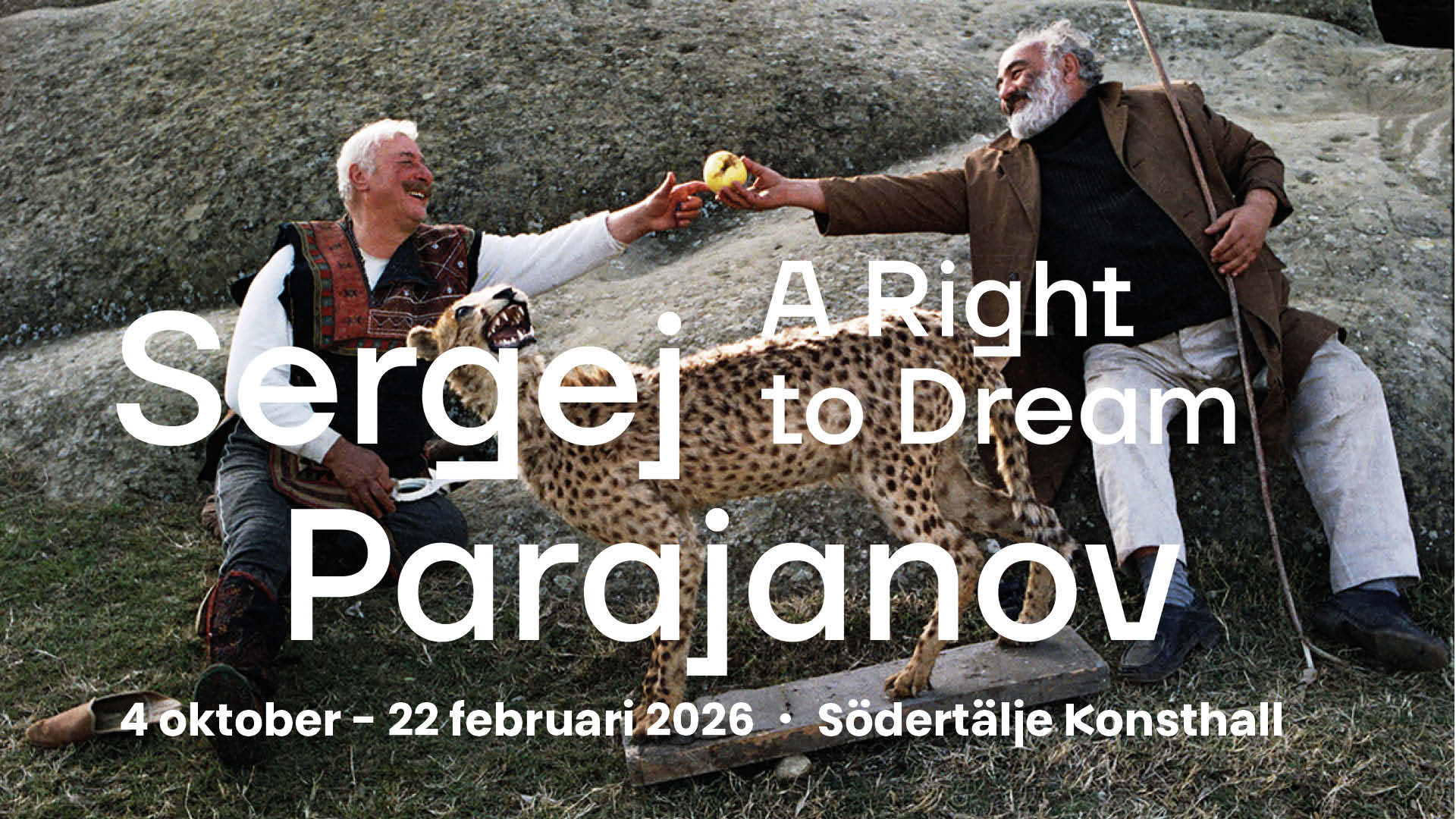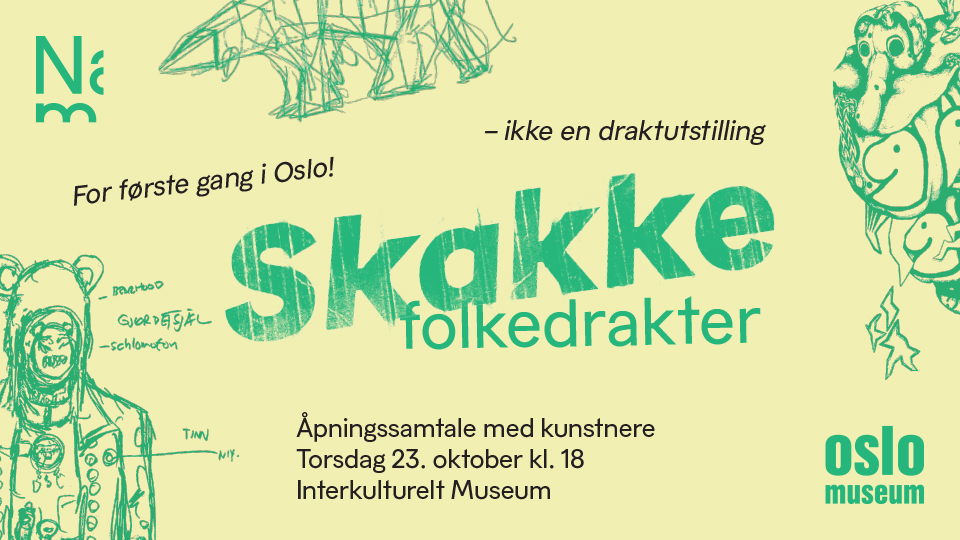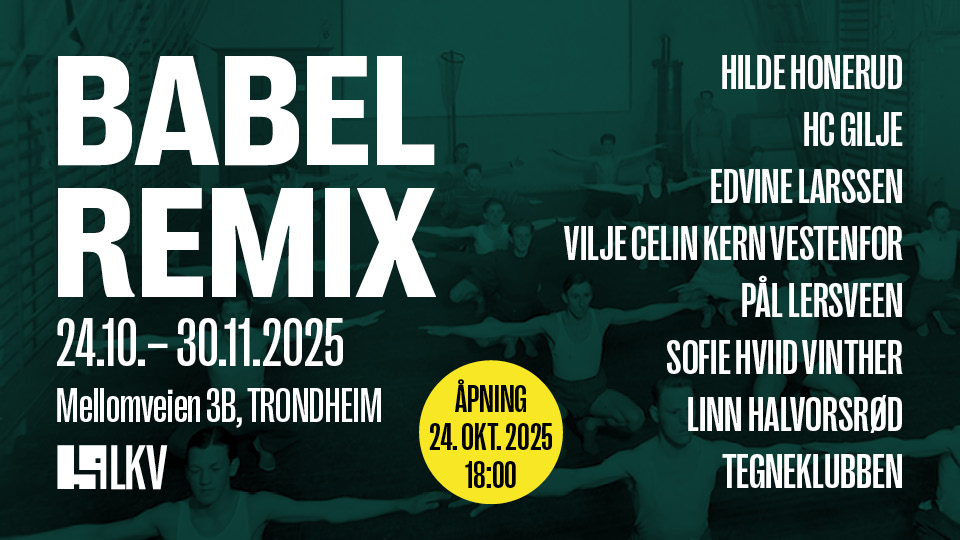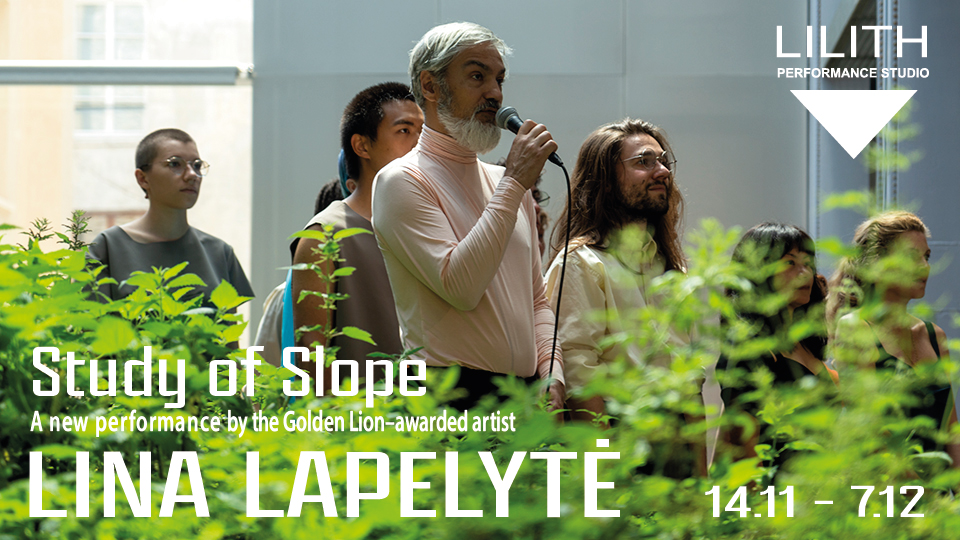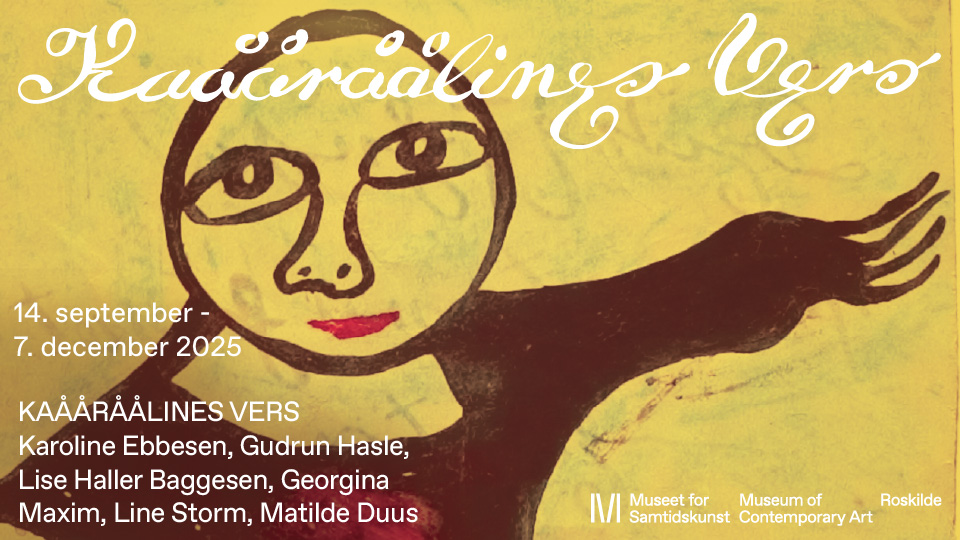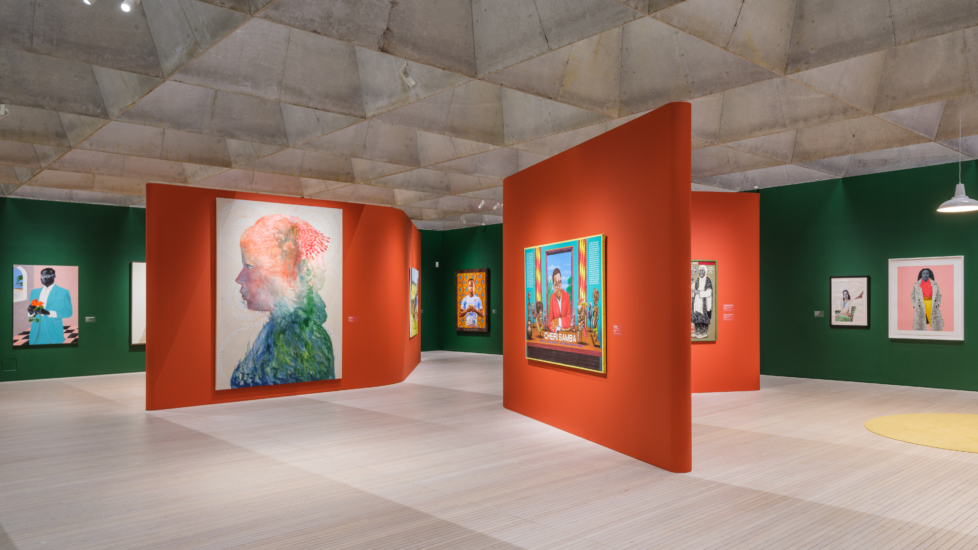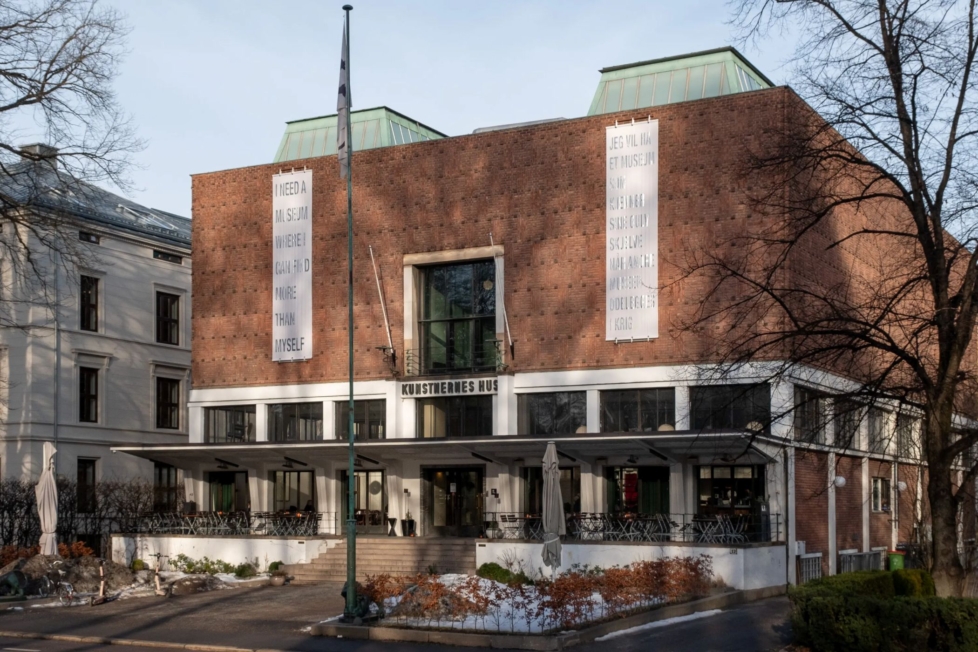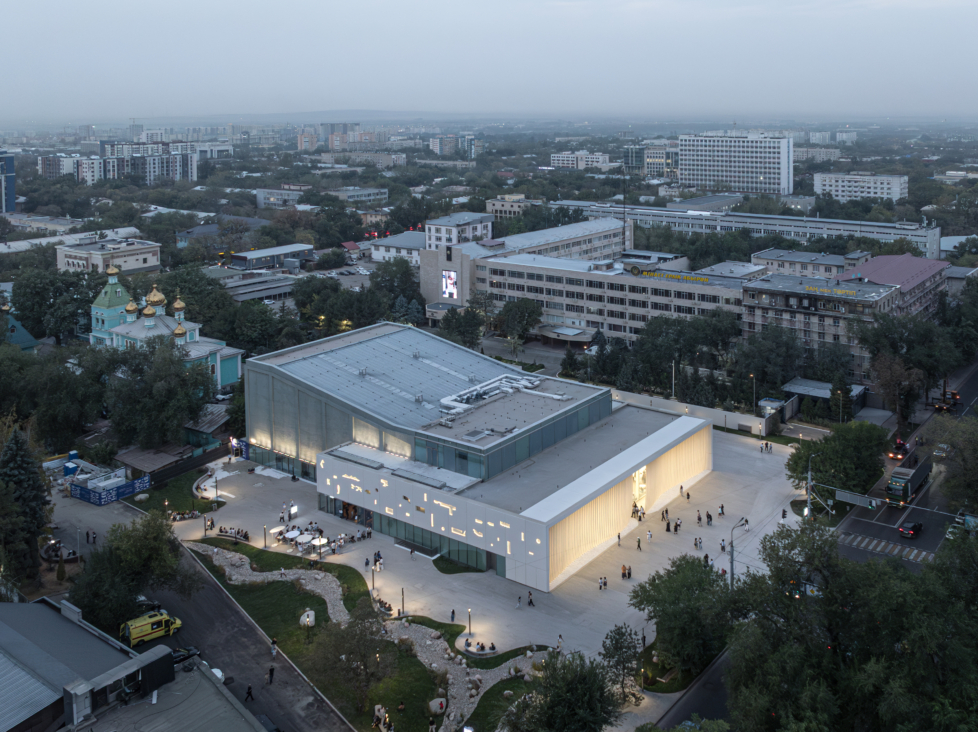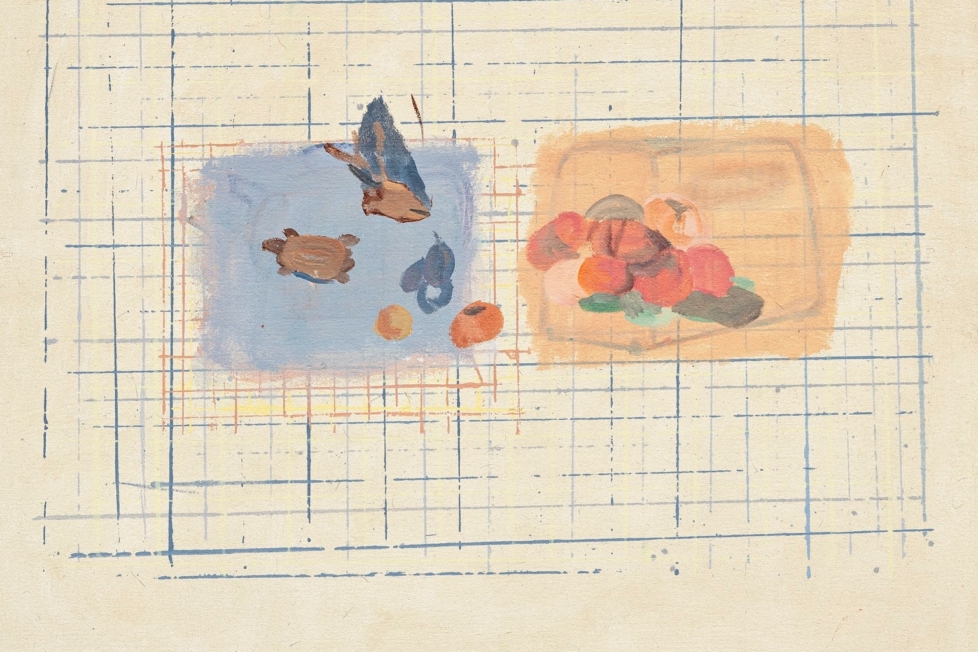
Every four years, Moderna Museet in Stockholm stages an exhibition intended to represent contemporary Swedish art. An impossible task, it is always said by those involved. This year, they’ll have to stop saying that: The Moderna Exhibition 2018 does something with representation that is quite successful. Yet, this is not the result of choosing top-ranking artists or making a statistically representative selection of the Swedish art scene. However, there is a tangible unity to the exhibition, and since it is not the thematics (our relations to nature, society, the body, the anthropocene, and the child) that make it representative, the unity is likely to be found in the installation.
The curators of The Moderna Exhibition 2018 are the museum’s curator Joa Ljungberg and artist Santiago Mostyn, and their curatorial idea, I believe, is that Swedish art can only be represented if one breaks with the nearly feudal celebrity culture that curators usually reflect in their exhibitions. This means that famous names are not highlighted, but reintegrated into a more fundamental context – that can perhaps be described as means of production or zeitgeist or a common condition – that they share with the other artists. A common struggle, or a common battlefield. Something like that. In this way, the exhibition manages to capture art as it conceivably exists beyond the representative Swedish art world. No outsider artists, but largely, or potentially, the same artists, yet placed in new relations.

This strategy becomes apparent in a sequence at the show’s very beginning. Just inside the entrance to the exhibition, Syrian-born Muhammad Ali has been given a large space. 366 Days of 2012 consists of an entire wall of drawings of composite animals with at least something human in them. They are reports from someone who risked their life in the war-torn streets of Damascus and recorded the imaginations produced in that kind of environment. What makes the strongest impression is perhaps not the figures, but the discipline, the unfathomable ability of finding artistic form in those circumstances. The figures are all the same size, always centered on the paper. There are no traces of temper, of shifting moods, sudden outbursts. The level of expression is constant and very controlled. In analogy with the motifs comes the thought that this becomes the style of is what drawing becomes when one is no longer fully human, but rather an animal extremely adjusted to its environment. Or a machine. Or an angel. There is, in any case, something superhuman about the work: in chaos, the drawing is something neat and valued, the form consistent while everything else becomes floating identities.
Right next to this work is Anna-Karin Rasmusson’s Mater Nostra (2017). One peers in as through a corridor where a filmed staircase is projected. The artist walks up the stairs, dressed to look like the large dolls that she attempts to haul up. It is the everyday identity of care and inferno played out. Sometimes, she carries a child under her arm and a grocery bag in the other hand, at other times, a grown-up who is seemingly intoxicated, but who may be suffering a diabetes attack. A few times, they fall down the stairs, start over. The artist-as-flaneur has, with Ali and Rasmusson, become not someone who walks on foot without observing the world, but conversely, a cautious observer in a surrounding world that is attacking.

From there, one directly encounters a kind of painting that disrupts by alternating between kitsch and a palpable presence that appears strange in combination: a style reminiscent of modernism inspired by what used to be called ‘primitive art’, with a touch of Francis Bacon, yet with a palette recognizable from the amateur painter’s fascination with bold colors. Mark Frygell’s painting appears to be in a situation where the history of painting really no longer offers artists any guidance or task. Here, we are no longer talking about the future behind our backs, as the exhibition title states, but rather a floundering in the shapeless future, aided by a set of painterly possibilities that no longer obtain their meaning in relation to the demands of their time. If painting still asks us questions, these no longer have to do with what must be done, but rather perhaps what is meaningful to make of complete freedom. Which, in some ways, is an even more crucial question. Above all, this means that the worth of painting must come from something other than its relation to its history. This is precisely why painting is so confusing today: one cannot easily distinguish between kitsch and experimentalism, because the experiment happens not only on canvas, but also in relation to freedom, motifs and purpose. Is there anything worth realizing through painting today, personally and socially? One has to try.

As I turn from Frygell’s work, I find myself in front of a painting by Sven X:et Erixson (one of Sweden’s foremost modernist painters, 1899–1970). “This is really awful,” I think as I move in closer to read the wall text. The only thing that saves my reputation is that I’m not entirely wrong, not even historically. This is what art critic Ulf Linde wrote: “And perhaps his [Erixson’s] ability to use seemingly coarse and unnuanced means of expressing the nearly inexpressible is what gives his art its innermost intensity. The truly coarse images – he has painted that kind too – are the ones where he has invented nothing to show what he has seen.” Refugees (1945) is coarse, a shocked sensibility trying to grasp what it has seen (how people saved from the concentration camps are given shelter at Malmö Art Museum), without invention, as though this would best capture the intensity of the experience. Here, Erixson is not employed as a past to which we must look as we travel with our backs toward the future, but as part of our common present situation, with refugees and Nazism, painting and care. Erixson is neither a predecessor nor a star, but one of us.
Another explanation for my immediate antipathy before Erixson is that this curation affects the sensibility in a significant way. My first hour in the exhibition, this stressed me enormously. I thought it was hastily installed – it felt cramped, like I was being shoved through an airport. Likely, this is the effect of how the spaces have been reevaluated. Ali’s drawings are neither a fast and striking opening work, nor a welcoming drink. Quite the opposite: they are apt and slow, placing me at once at the center of the exhibition, without knowing exactly how I got there. This means a significant contraction that unsettles the entire sensation of one’s body in the room. Stressful, that is. The works by artist-stars are there, exposed centrally yet un-emphatically, which forcefully affects the play between thinking and the senses.

Fact is, that between Frygell’s and Erixson’s paintings there is a large work by perhaps the most noted Swedish artist in recent years, Britta Marakatt-Labba, which, at first I completely missed. Händelser i tid (Events in time, 2011) consists of a circle of hanging, embroidered sacks. They came originally from the German Nazis, whose emblem they carry, and the Sami came across them in trade and later used them as doors to their goahtis. The embroidery is so discreet that one first wonders from which side to look at it. It is a powerful work in itself, yet I am even more impressed by how the curators have succeeded at hiding it in the middle of the room. A similar effect occurs further into the exhibition with another noted Swedish artist from recent years, Anna Uddenberg. Her extremely curious decorative artifacts stand in the middle of the room, yet lit so that they almost seem to have been placed there accidentally, which makes viewing them uncertain. In other contexts, I have considered Uddenberg’s art to be a prime example of art that profits from the phenomena it sets out to explore, problematize or criticize. But here, it becomes utterly different. What appears is disorientation and desperation, “a mental metamorphosis of the population,” just as palpable as the one Muhammad Ali experienced in Damascus.
The Moderna Exhibition 2018 can hardly be said to represent the Swedish art scene today, when the age discrimination is so blatant that 34 of 40 artists in the two main galleries are born in the 70s and 80s. Yet, I think that it somehow manages to represent art today: because what becomes visible is the mental state of art, the shared situations that, in different ways, come into contact beyond the public images and narratives. “The public always takes something away from art,” said Marcel Duchamp. In this exhibition, this “something” is kept and nurtured by the curation. It is really quite touching.

